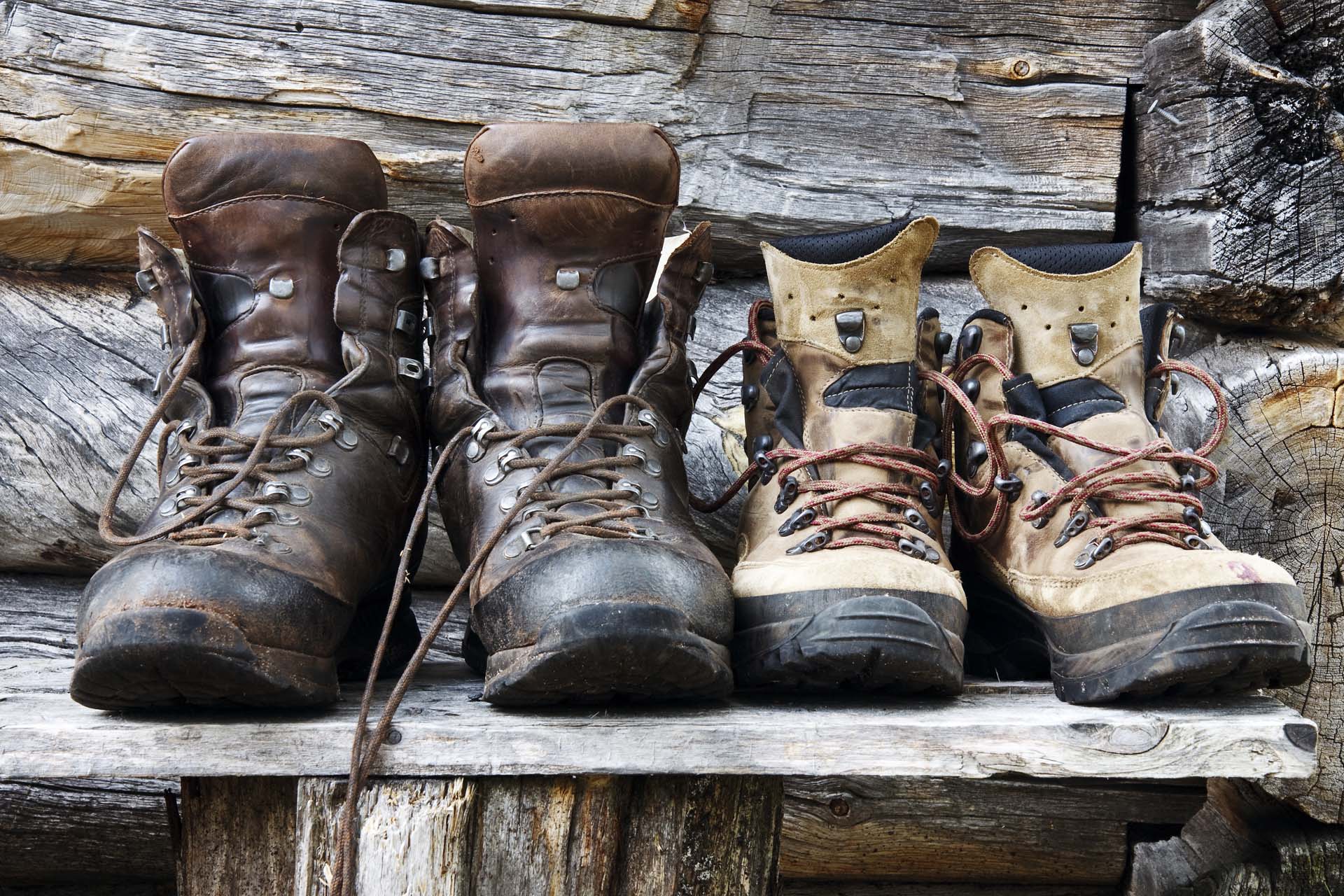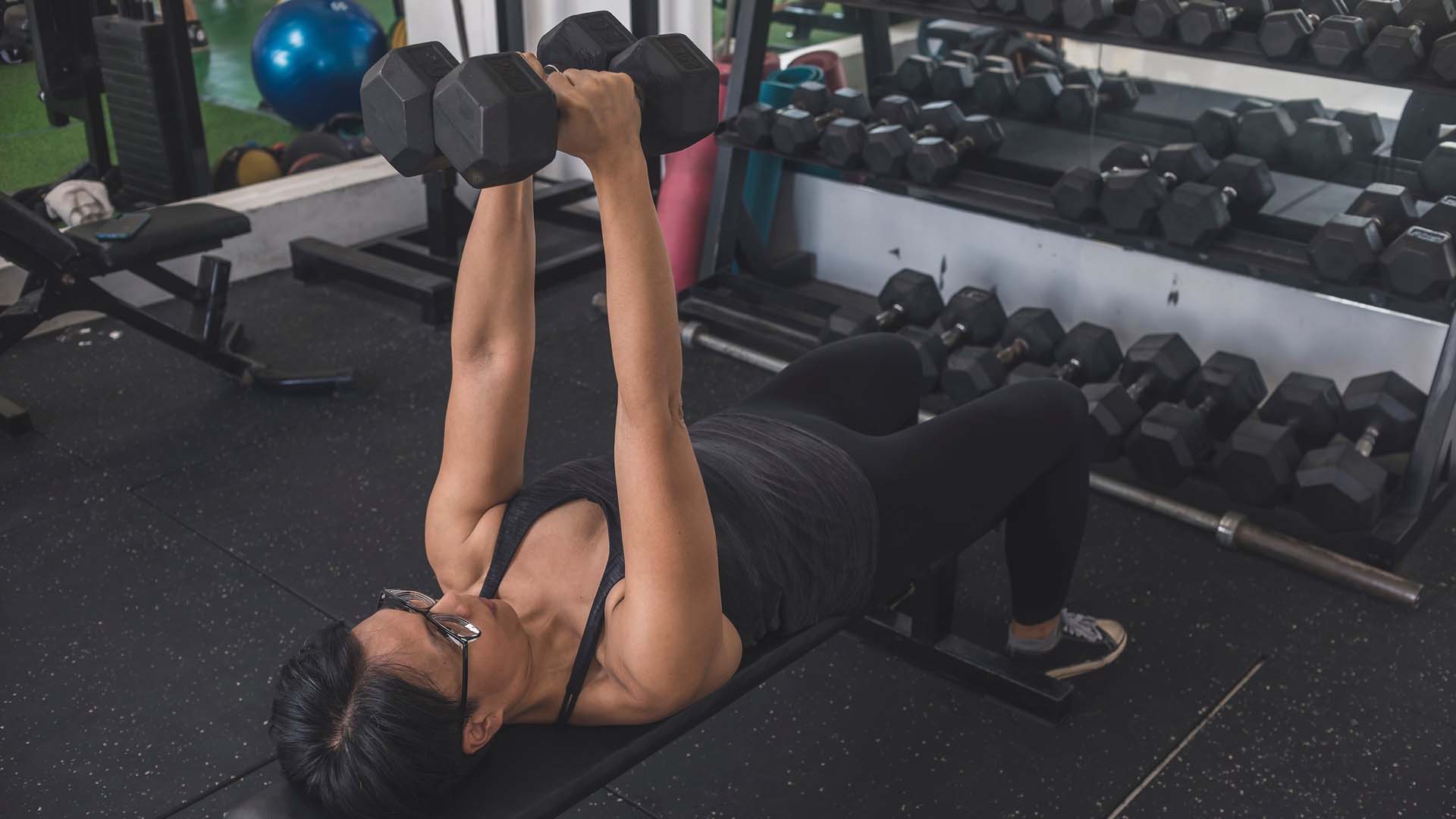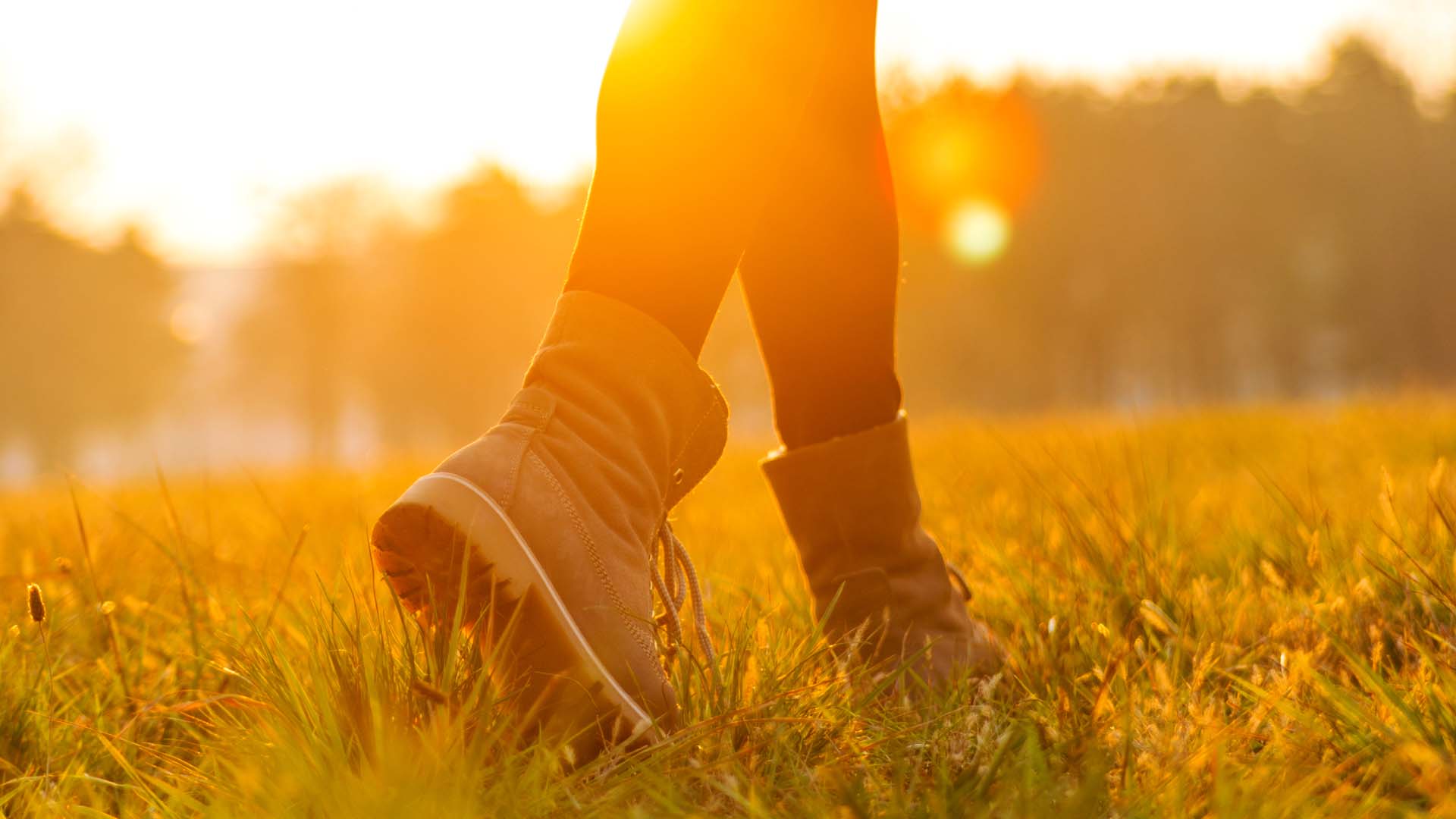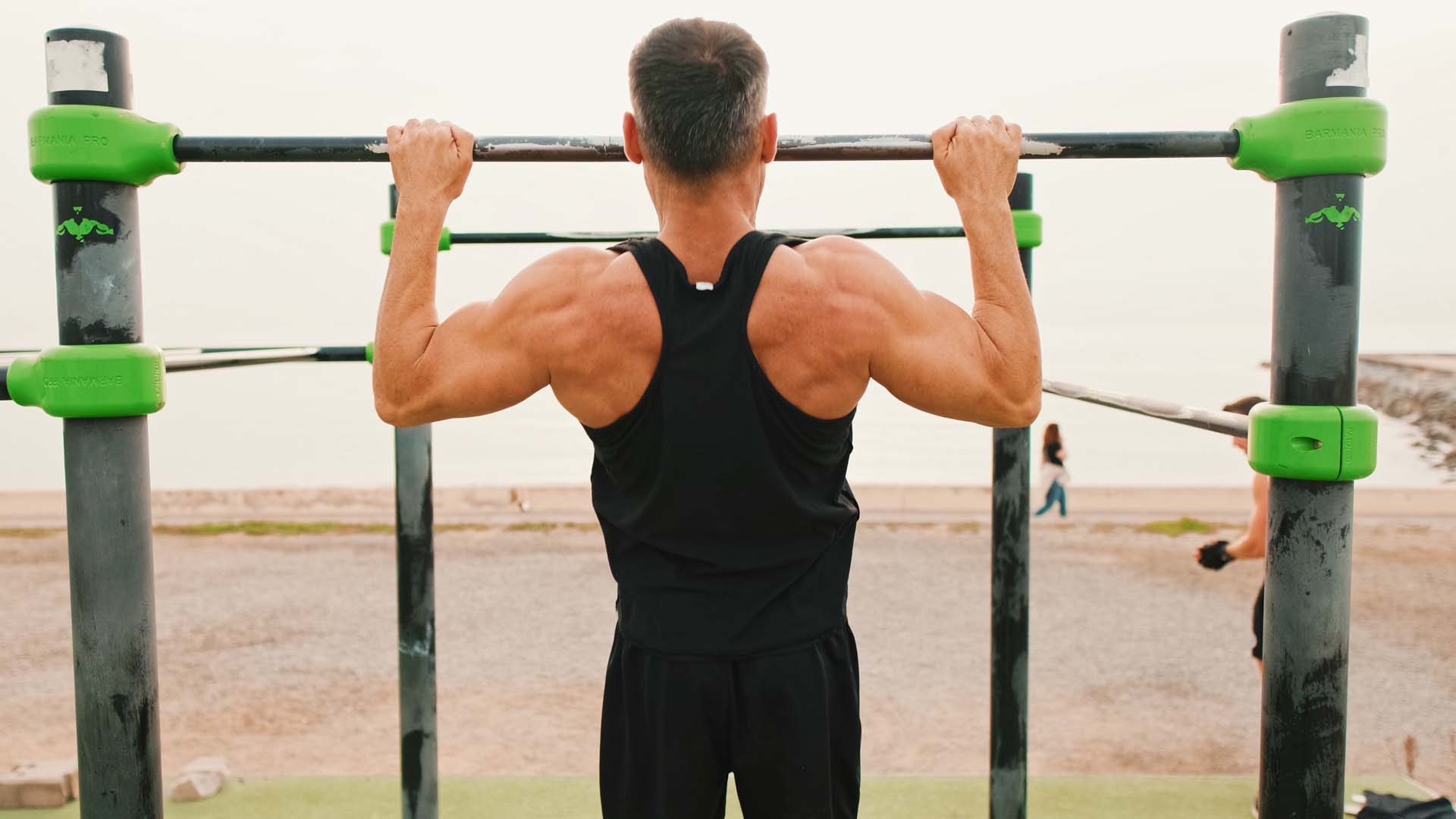
If you already a seasoned rambler, or if you're just beginning hiking, finding the right pair of walking boots for you is of utmost importance – as any hiker who has hobbled miles with blisters will tell you.
Fit is particularly crucial – especially if you’re planning on longer walks. If you're in the market for a new pair, you might be wondering whether hiking boots should be a size bigger than your regular shoe size. It's an age-old belief, but is it really true?
We consulted an expert to give you the best advice on how to buy a pair of walking boots that really fit.

The answer to that question is a resounding no, according to Jeremy Stevens, footwear buyer at outdoor sports retailer Ellis Brigham Mountain Sports.
“This is a common misconception,” he tells us.
“It is an understandable one though, born from the idea that you would need a thick sock to pad out an inflexible leather boot.
"In fact, hiking boots should be sized to fit properly without being too big.”
Good footwear should protect the 26 bones in each of our feet, and the boots we see in the shops today represent hundreds of years of evolution.
The walking boot as we know it started to be developed in the early 20th century as interest in walking for leisure increased. These boots were heavy, made of thick leather and needed hours of breaking in to ensure they were comfortable to wear. But Stevens explains that boots today are very different.
“Advances in footwear technology and design mean that hiking boots are generally lighter and more flexible than they used to be,” he says.
“The use of fabric and leather combinations together with a Gore-tex lining means you get a much more supple upper while keeping your feet dry.
“There are much softer foam midsoles too – hiking boots are more comfy all over. They will still offer you stability, support and grip, but with less foot fatigue.”

If we don’t need to size up for our boots, then how do we ensure they are comfortable?
A good fit is vital, especially as walking boots are one of the most important items of equipment we need for a mountain hike. If they rub, cause blisters or cause other pain, then it could curtail your walk.
So what should you be looking out for? Once again Stevens has excellent advice.
Stevens strongly recommends visiting a shop to try on a variety of boots before buying, and he’s got some useful tips.
Bear in mind that sizing can vary. Just because you are usually a size seven doesn’t mean you’ll take that size in a different brand.
Stevens says: “Getting the right fit is a bit of an art, which is where speaking to expert staff in a shop can make all the difference.
"They will understand not just the kind of boot you need for your chosen activity, but also which models are likely to be a good fit for your unique foot shape.”
Phillipa Cherryson is senior digital editor for Saga Magazine. Phillipa has been a journalist for 30 years, writing for national newspapers, magazines and reporting onscreen for ITV. In her spare time she loves the outdoors and is an Ordnance Survey Champion and trainee mountain leader.
View author page








Your questions answered about what really is a good 5k time.